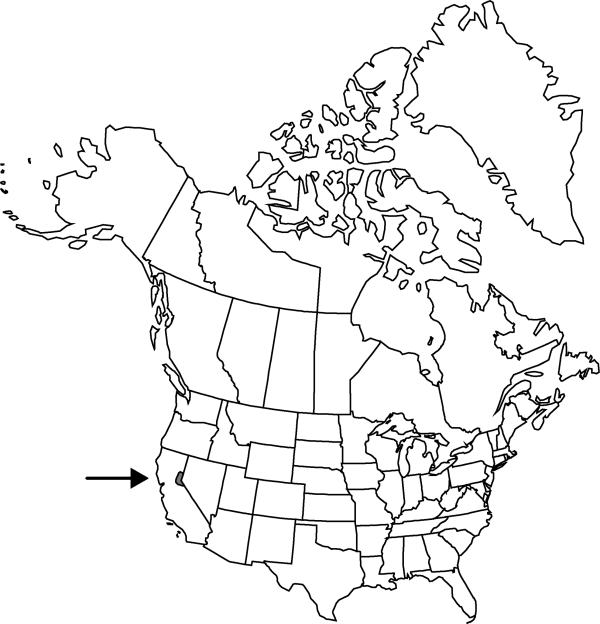Difference between revisions of "Lewisia longipetala"
Present-day Rock Gard., xx, 341. 1937.
FNA>Volume Importer |
imported>Volume Importer |
||
| (5 intermediate revisions by 2 users not shown) | |||
| Line 7: | Line 7: | ||
|year=1937 | |year=1937 | ||
}} | }} | ||
| − | |basionyms={{Treatment/ID/ | + | |special_status={{Treatment/ID/Special_status |
| + | |code=E | ||
| + | |label=Endemic | ||
| + | }}{{Treatment/ID/Special_status | ||
| + | |code=C | ||
| + | |label=Conservation concern | ||
| + | }} | ||
| + | |basionyms={{Treatment/ID/Basionym | ||
|name=Oreobroma longipetalum | |name=Oreobroma longipetalum | ||
|authority=Piper | |authority=Piper | ||
| + | |rank=species | ||
| + | |publication_title=Contr. U.S. Natl. Herb. | ||
| + | |publication_place=16: 207. 1913 (as longipet ala) | ||
}} | }} | ||
|synonyms={{Treatment/ID/Synonym | |synonyms={{Treatment/ID/Synonym | ||
|name=Lewisia pygmaea subsp. longipetala | |name=Lewisia pygmaea subsp. longipetala | ||
|authority=(Piper) Ferris | |authority=(Piper) Ferris | ||
| + | |rank=subspecies | ||
}} | }} | ||
|hierarchy=Portulacaceae;Lewisia;Lewisia longipetala | |hierarchy=Portulacaceae;Lewisia;Lewisia longipetala | ||
| Line 39: | Line 50: | ||
-->{{#Taxon: | -->{{#Taxon: | ||
name=Lewisia longipetala | name=Lewisia longipetala | ||
| − | |||
|authority=(Piper) S. Clay | |authority=(Piper) S. Clay | ||
|rank=species | |rank=species | ||
| Line 53: | Line 63: | ||
|publication title=Present-day Rock Gard., xx, | |publication title=Present-day Rock Gard., xx, | ||
|publication year=1937 | |publication year=1937 | ||
| − | |special status= | + | |special status=Endemic;Conservation concern |
| − | |source xml=https:// | + | |source xml=https://bitbucket.org/aafc-mbb/fna-data-curation/src/2e0870ddd59836b60bcf96646a41e87ea5a5943a/coarse_grained_fna_xml/V4/V4_974.xml |
|genus=Lewisia | |genus=Lewisia | ||
|species=Lewisia longipetala | |species=Lewisia longipetala | ||
Latest revision as of 22:02, 5 November 2020
Taproots gradually ramified distally. Stems procumbent, 3–6 cm. Leaves: basal leaves withering at or soon after anthesis, gradually narrowed to broad petiole, blade narrowly linear to linear-oblanceolate, flattened or channeled adaxially, 2.5–6 cm, margins entire, apex acute; cauline leaves absent. Inflorescences usually with flowers borne singly, sometimes 2–3-flowered racemose cymes; bracts 2, opposite, plus 1 subtending each successive flower if 2 or more flowers present, lanceolate, 5 mm, margins glandular-toothed, apex acute. Flowers pedicellate, not disarticulate in fruit, 2.5–4 cm diam.; sepals 2, broadly obovate, 4–10 mm, herbaceous at anthesis, margins glandular-toothed, apex rounded to truncate; petals 5–10, white to very pale pink, often with reddish glands at apex, narrowly elliptic-oblong, 11–20 mm; stamens 7–9; stigmas 5–6; pedicel 10–25 mm. Capsules 8 mm. Seeds 20–50, 1.5 mm, dullish, minutely granular. 2n = ca. 22.
Phenology: Flowering mid-late summer.
Habitat: Rock crevices or damp scree near melting snow
Elevation: 2600 m
Discussion
Of conservation concern.
Lewisia longipetala is known only from the northern Sierra Nevada in Eldorado and Placer counties.
Selected References
None.
